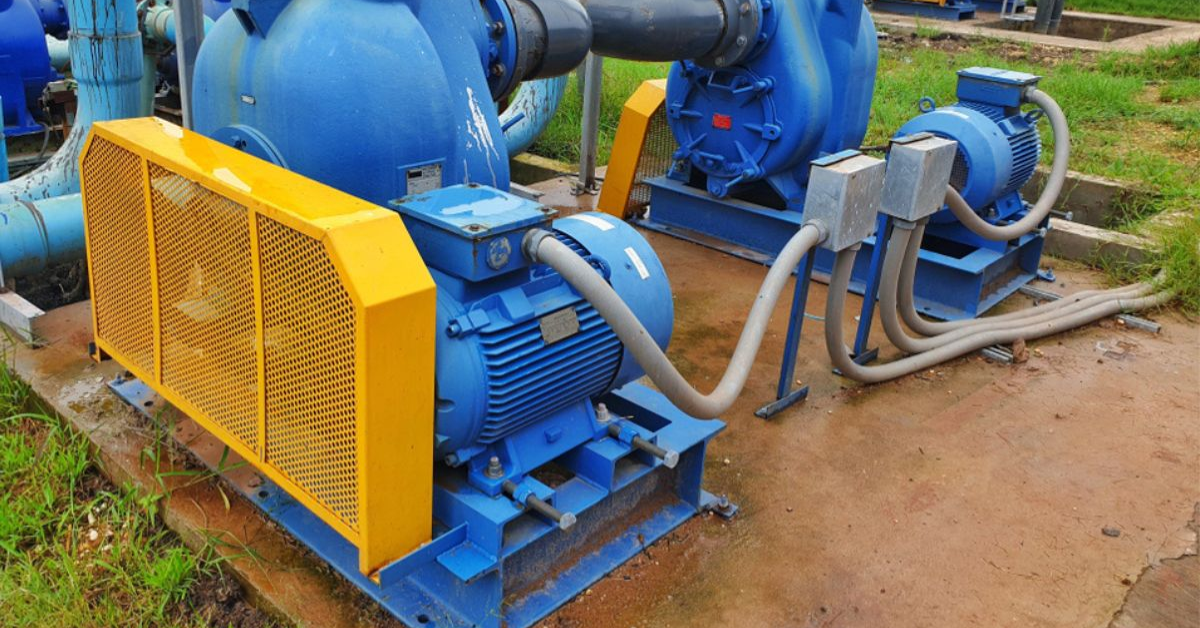For companies in many industries, transferring fluids from one place to another is a crucial aspect of their everyday operations. Whether they’re processing foods and beverages, working with chemicals, or moving water, pumps are essential to their processes. Several types of pumps are on the market, but self-priming versions are among the most popular. They can save companies time while also protecting their equipment and reducing the risks of accidents.
These pumps are extremely versatile. They’re available in different types, and they can be used in many industrial applications. Understanding how self-priming pumps work and how they’re used is the key to making the best use of them.
How Do Self-Priming Pumps Work?
Most pumps need to be primed to work properly. That means they need to be filled with fluid to create the suction they need to move more liquid. If air gets into them, they lose suction. When that happens, they won’t work properly until they’re primed again.
Self-priming pumps are different. They’re equipped with specially designed mechanisms that mix air and fluid when they’re started up. That allows them to created the necessary suction to draw more fluid into the system. They work even if air gets into the system, and they don’t need to be reprimed when that happens.
These pumps usually keep a small amount of liquid in their cases between uses. When they’re started up again, that fluid recirculates to force air out of the system. With all that being the case, as their name indicates, they actually prime themselves rather than needing to be primed manually.
Different Types of Self-Priming Pumps
As mentioned, different types of self-priming pumps are available. Centrifugal models are among the most commonly used. They use a spinning impeller to move fluids. They’re often used for clean or slightly contaminated fluids. They don’t work well in situations with excessive suction lift, though.
Positive displacement pumps trap fluids in cavities and push them through the systems they’re connected to using steady pressure. They’re best for thick or abrasive fluids, and they can handle a great deal of pressure. Air-operated double diaphragm pumps aren’t quite the same as other self-priming models. Still, they can run dry and create suction on their own. They’re often used for chemicals and fluids that are riddled with solid particles.
Industry Applications for Self-Priming Pumps
Numerous industries rely on self-priming pumps. Wastewater treatment facilities use them for moving stormwater, graywater, and sludge. Food and beverage production companies use them as well. They use hygienic versions of these pumps for transferring syrups, juices, milk, and other liquids that are meant for human consumption.
Chemical processing facilities likewise rely on self-priming pumps. Those used in this sector need to be capable of handling corrosive fluids. Companies in construction and mining use self-priming pumps to remove water from job sites and for other purposes. In the marine and oil and gas sectors, various types of self-priming pumps are used for getting rid of bilge water, transferring liquid fuel, and many other tasks.
Keeping Fluids Moving With Self-Priming Pumps
Self-priming pumps are popular because of their ability to move fluids without needing to be primed manually. For many applications, they’re easier to operate, safer to maintain, and more practical than manually primed pumps. Several types of these pumps are available to handle different needs, which is one of the aspects that makes them so versatile.



